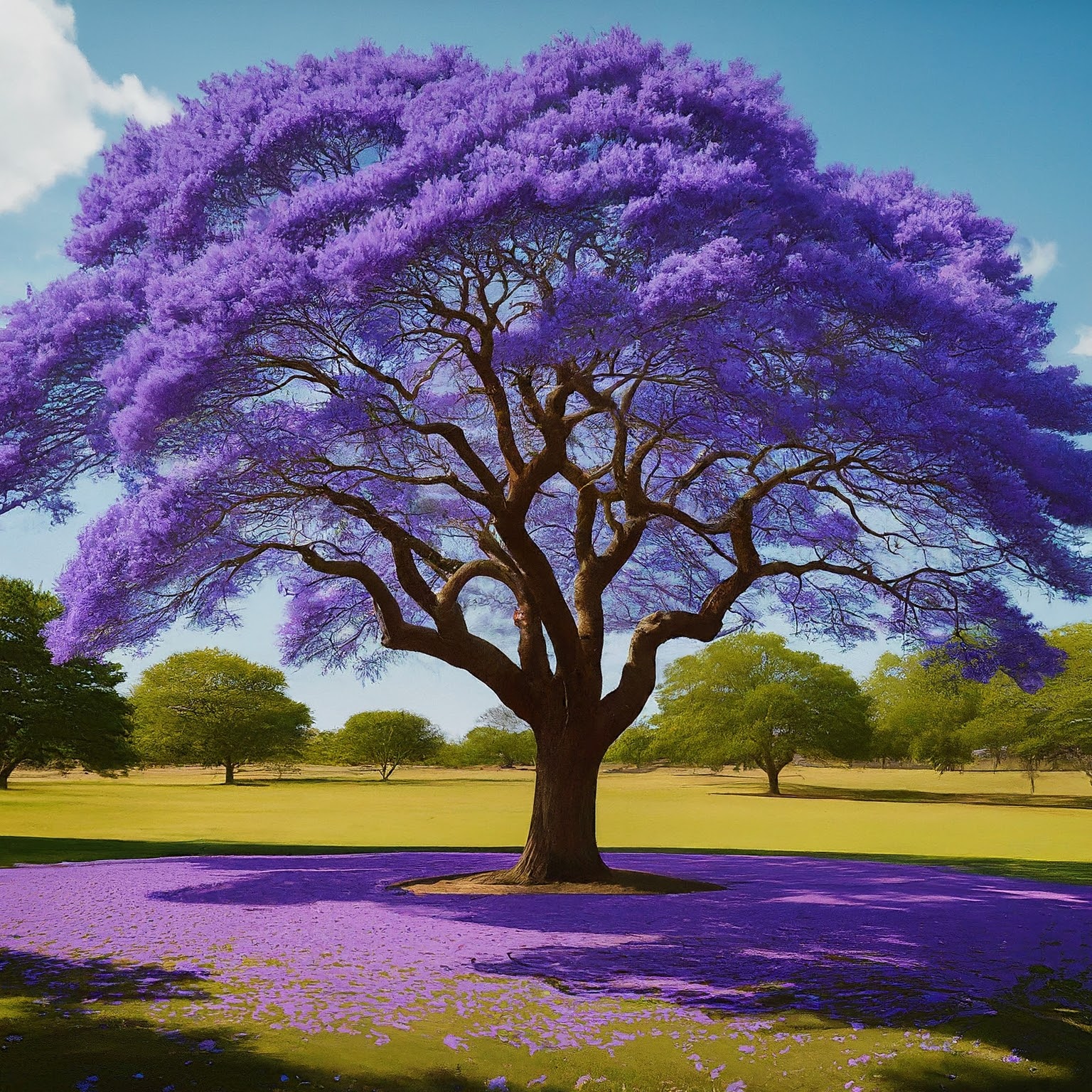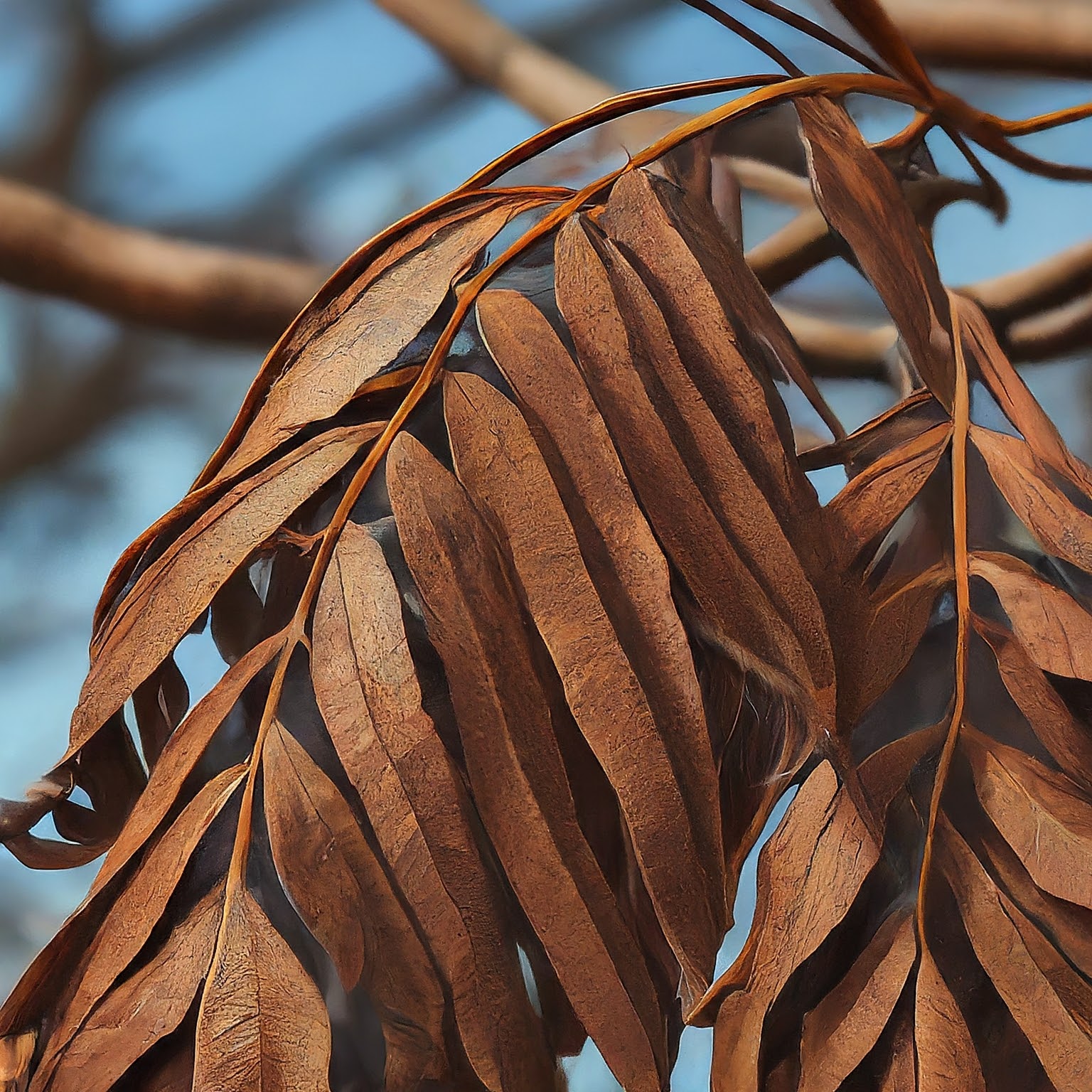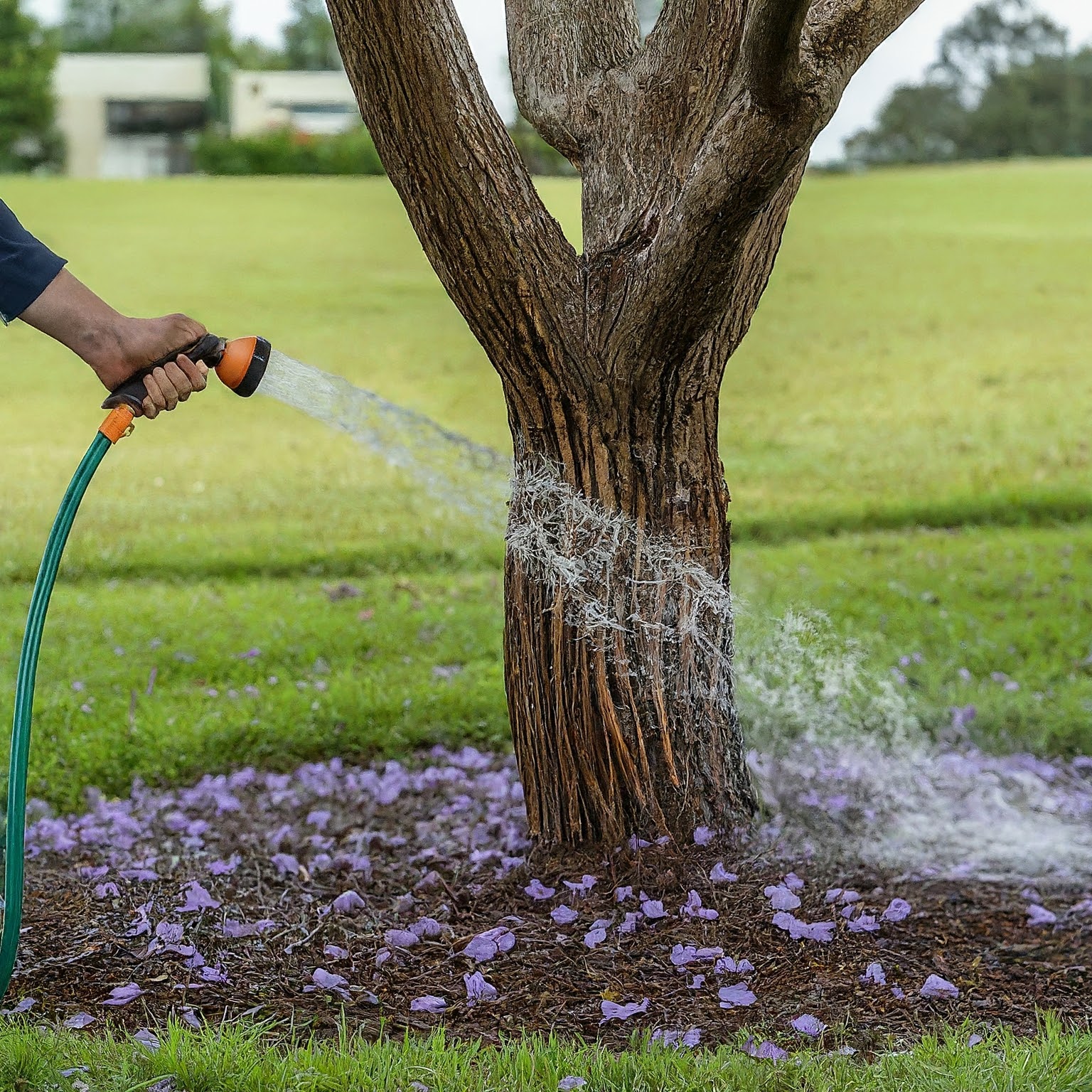
Is My Jacaranda Tree Dead? How to Tell and What to Do Next
In this article, we will discuss how to determine if your Jacaranda tree is dead and what steps you can take next to potentially revive it. Jacaranda trees are known for their beautiful purple blooms and can be a stunning addition to any garden.
However, like any plant, they can face issues that may cause them to appear dead. By following the guidelines below, you can assess the health of your Jacaranda tree and take appropriate action to help it thrive once again.
Is My Jacaranda Tree Dead?
One of the first signs that your Jacaranda tree may be dead is if it shows no signs of new growth or leafing out during the spring. Inspect the branches of the tree for any signs of life, such as green buds or new shoots. If the branches appear bare and lifeless, it may indicate that the tree is no longer alive.
Another way to determine if your Jacaranda tree is dead is to perform a scratch test on the bark. Use your fingernail or a small knife to gently scratch the surface of a branch. If you see green tissue underneath the bark, the tree is still alive. However, if the tissue is brown or dry, it may be a sign that the tree has died.

How to Tell and What to Do Next
If you have determined that your Jacaranda tree is indeed dead, it may be time to consider removing it from your garden. Dead trees can be a safety hazard, as they are more prone to falling over during storms or high winds.
Additionally, leaving a dead tree in your garden can attract pests and diseases that may spread to other plants.
Before removing the tree, you can also consult with a professional arborist to see if there are any potential ways to revive it. In some cases, dead trees can be pruned back and given special treatments to help stimulate new growth.
However, keep in mind that not all trees can be saved, and it may be more beneficial in the long run to remove the tree and plant a new one in its place.

What Can I Do to Revive My Jacaranda Tree?
If you suspect that your Jacaranda tree is struggling but not yet dead, there are a few steps you can take to try and revive it. Start by watering the tree deeply and regularly, especially during dry periods. Jacaranda trees prefer well-draining soil, so be sure not to overwater to avoid root rot.
Additionally, you can apply a balanced fertilizer to the soil around the base of the tree to provide essential nutrients. Pruning dead or diseased branches can also help promote new growth and improve the overall health of the tree.
Remember to monitor the tree closely and be patient, as it may take some time for signs of improvement to show.

Conclusion
In conclusion, determining if your Jacaranda tree is dead can be a challenging task, but by closely inspecting the tree for signs of life and following the guidelines provided in this article, you can make an informed decision on how to proceed.
Whether it is time to remove the tree or attempt to revive it, taking action sooner rather than later can help ensure the health and longevity of your garden.

FAQs
Can a dead Jacaranda tree be saved?
While some dead trees can be pruned back and treated to stimulate new growth, not all trees can be saved. Consulting with a professional arborist can help determine the best course of action for your specific tree.
How often should I water my Jacaranda tree?
Watering frequency will depend on various factors such as soil type, weather conditions, and tree size. It is generally recommended to water deeply and regularly, especially during dry periods.
What should I do if my Jacaranda tree has yellowing leaves?
Yellowing leaves can be a sign of nutrient deficiency or overwatering. Adjusting your watering schedule and providing a balanced fertilizer can help improve the health of your tree.
How can I prevent my Jacaranda tree from dying?
Proper care and maintenance, such as watering, fertilizing, and pruning, can help prevent your Jacaranda tree from dying. Regular inspections and prompt action can also help address any issues before they escalate.
When is the best time to plant a new Jacaranda tree?
Spring and early summer are typically the best times to plant a new Jacaranda tree, as it allows the tree to establish roots before the harsh conditions of winter. Be sure to choose a sunny location with well-draining soil for optimal growth.








